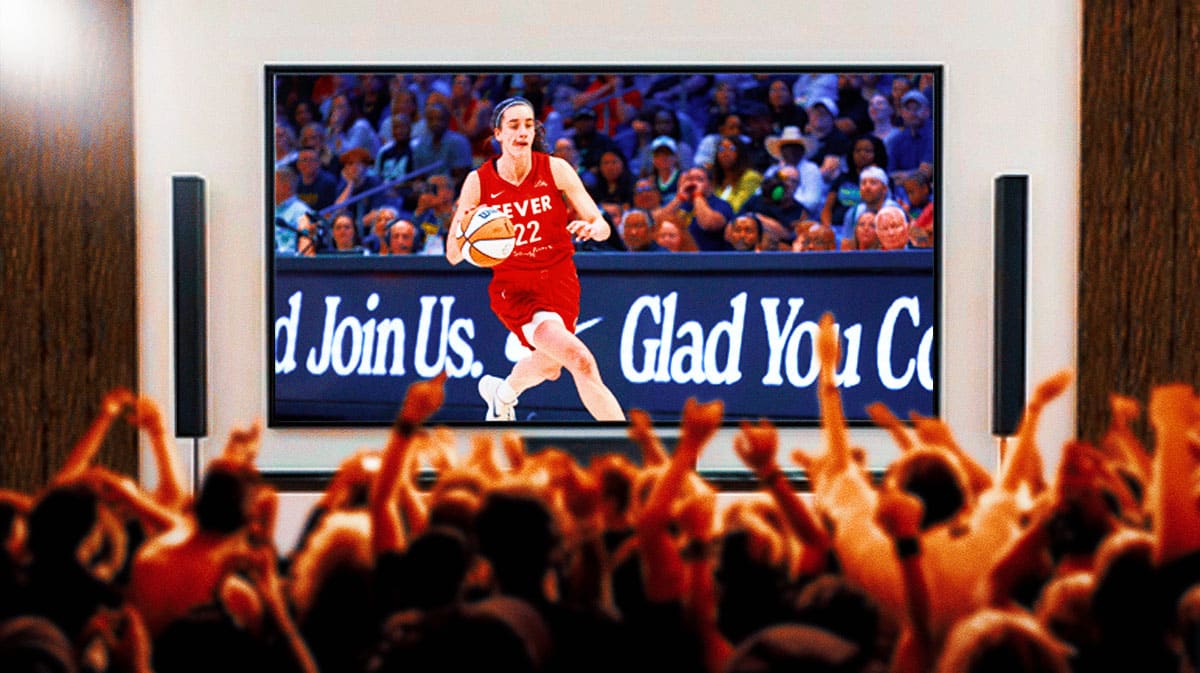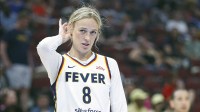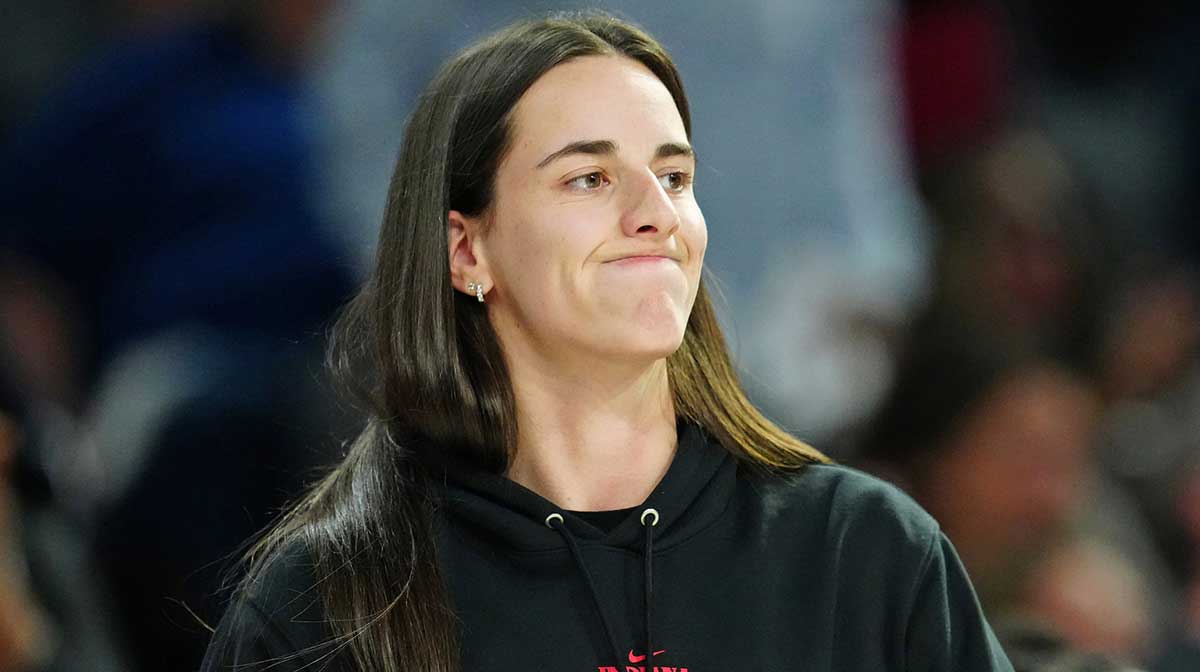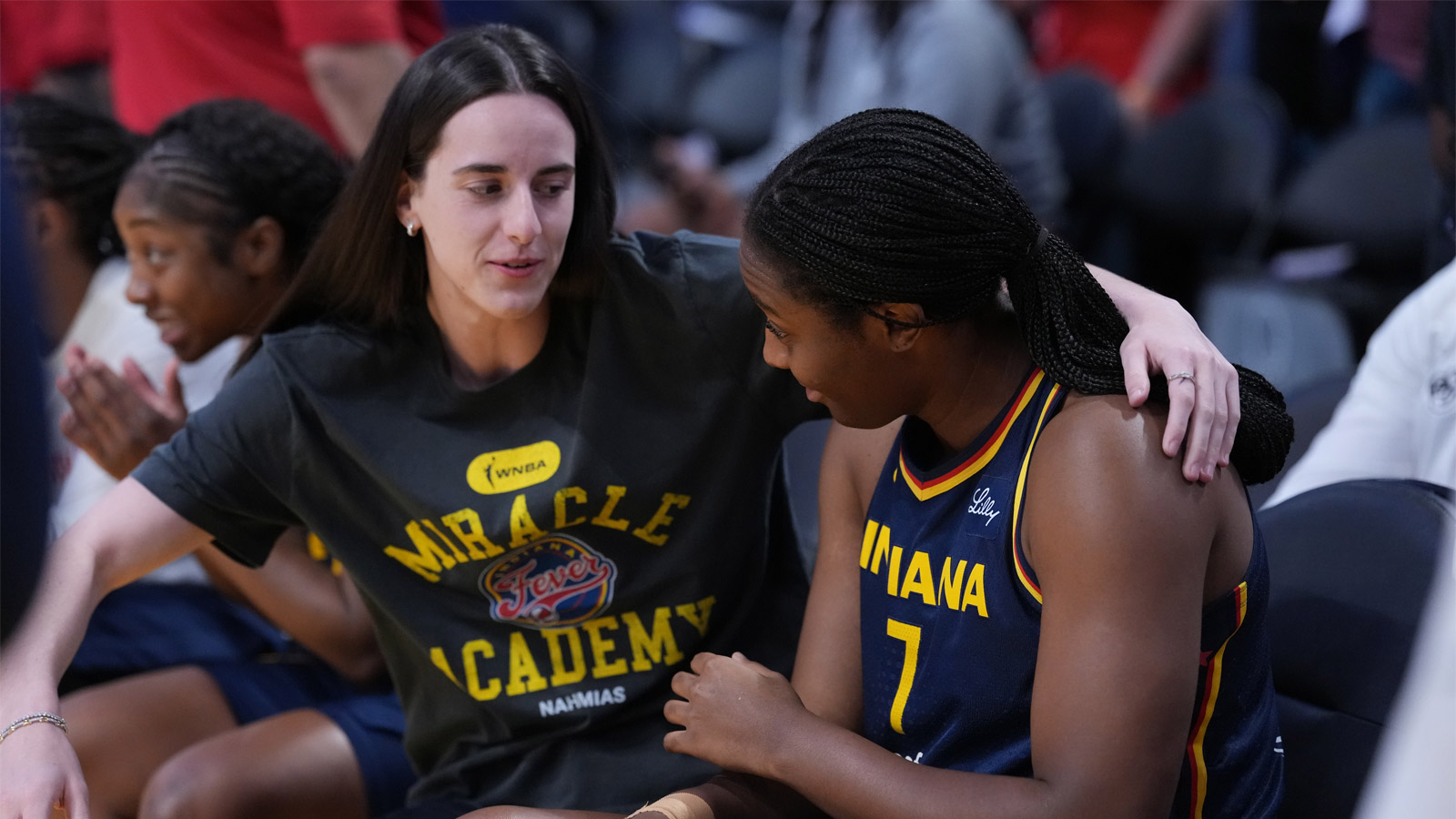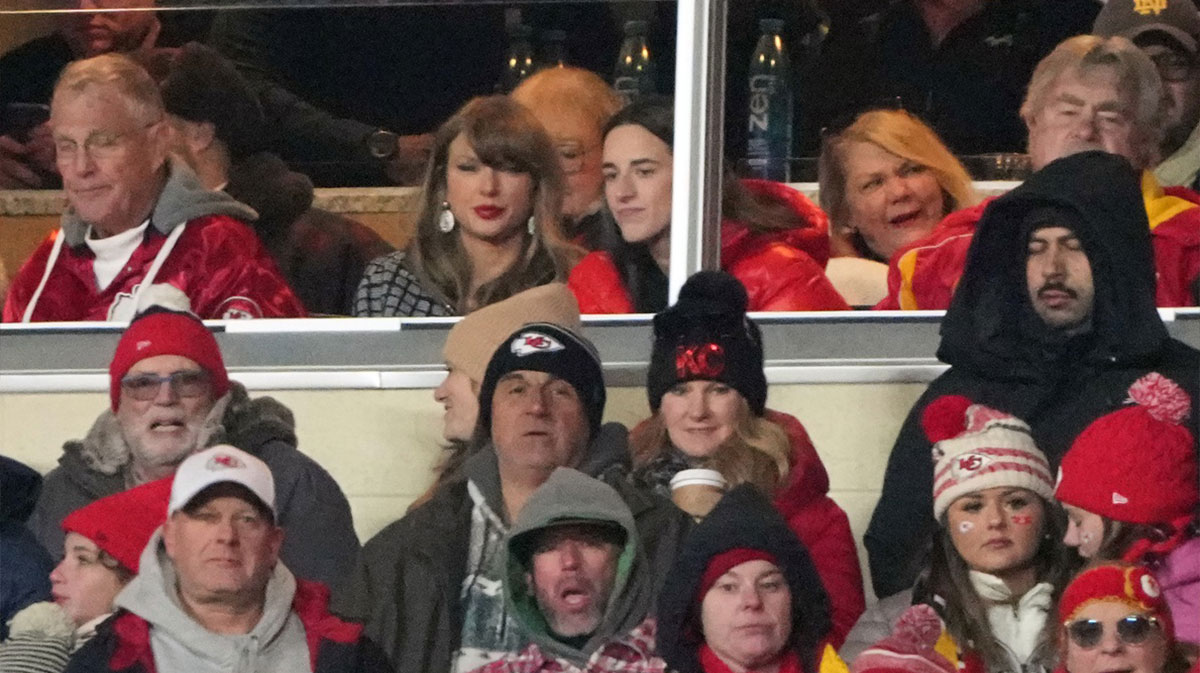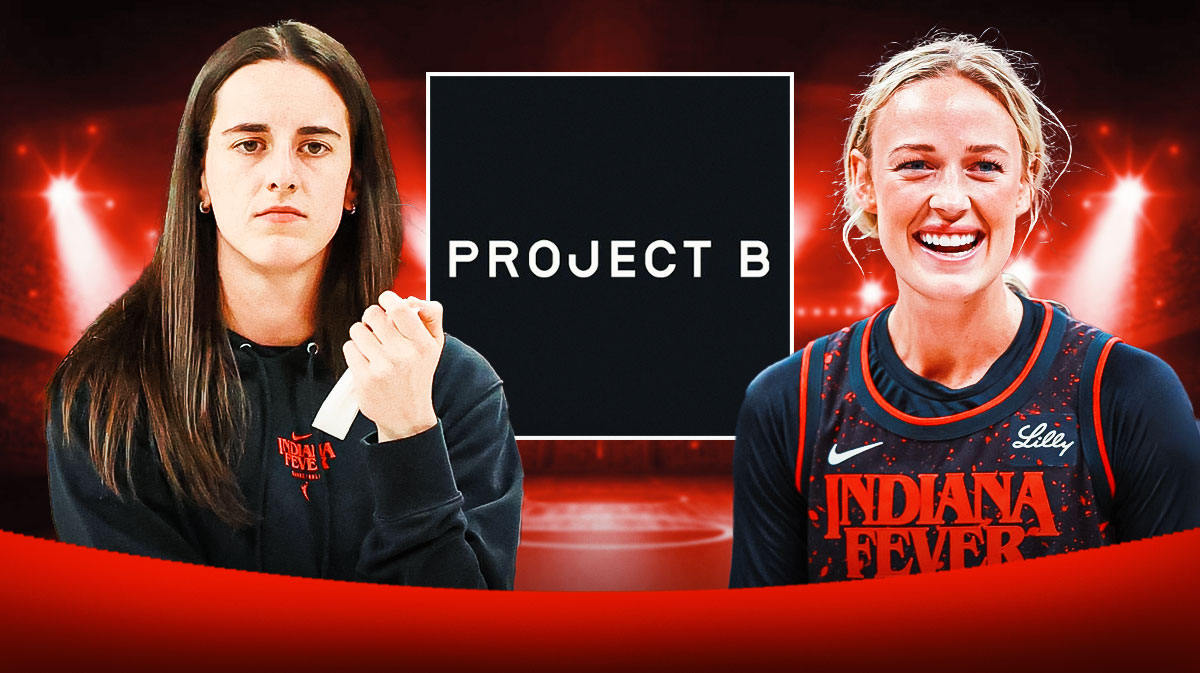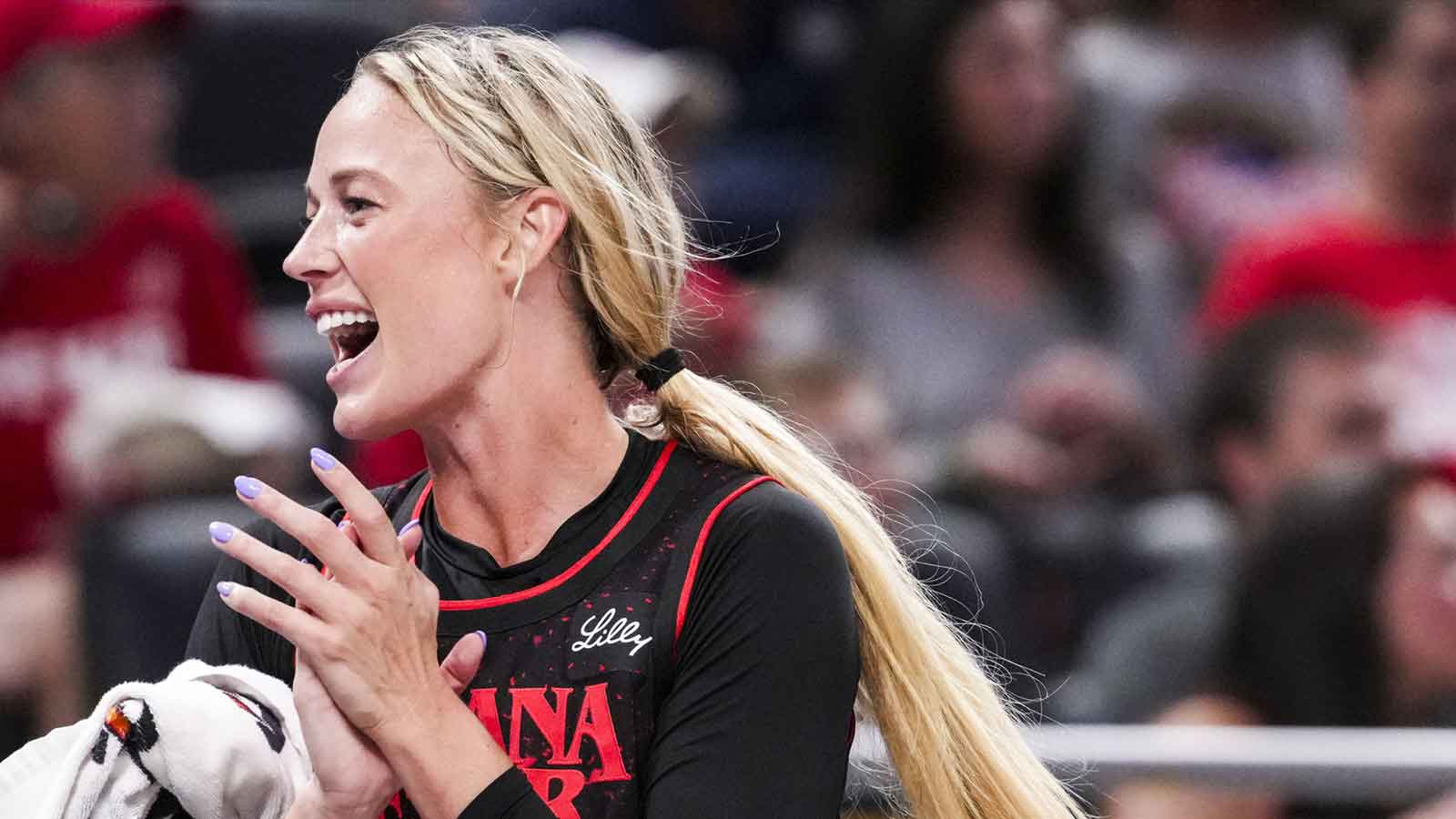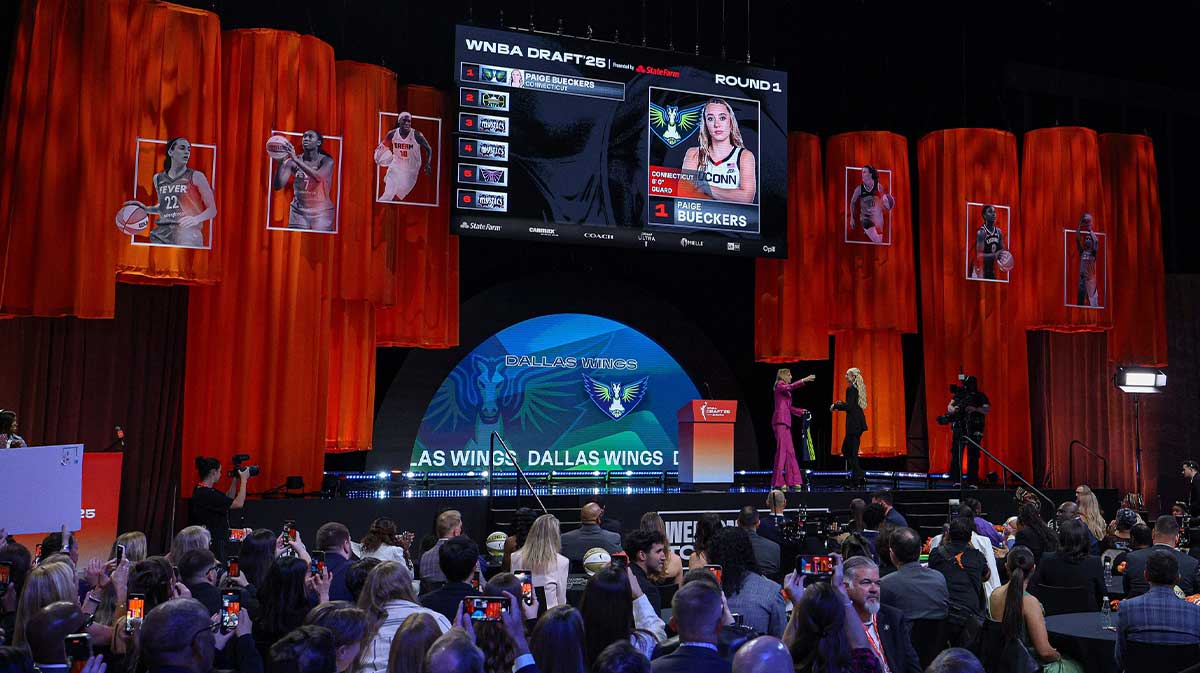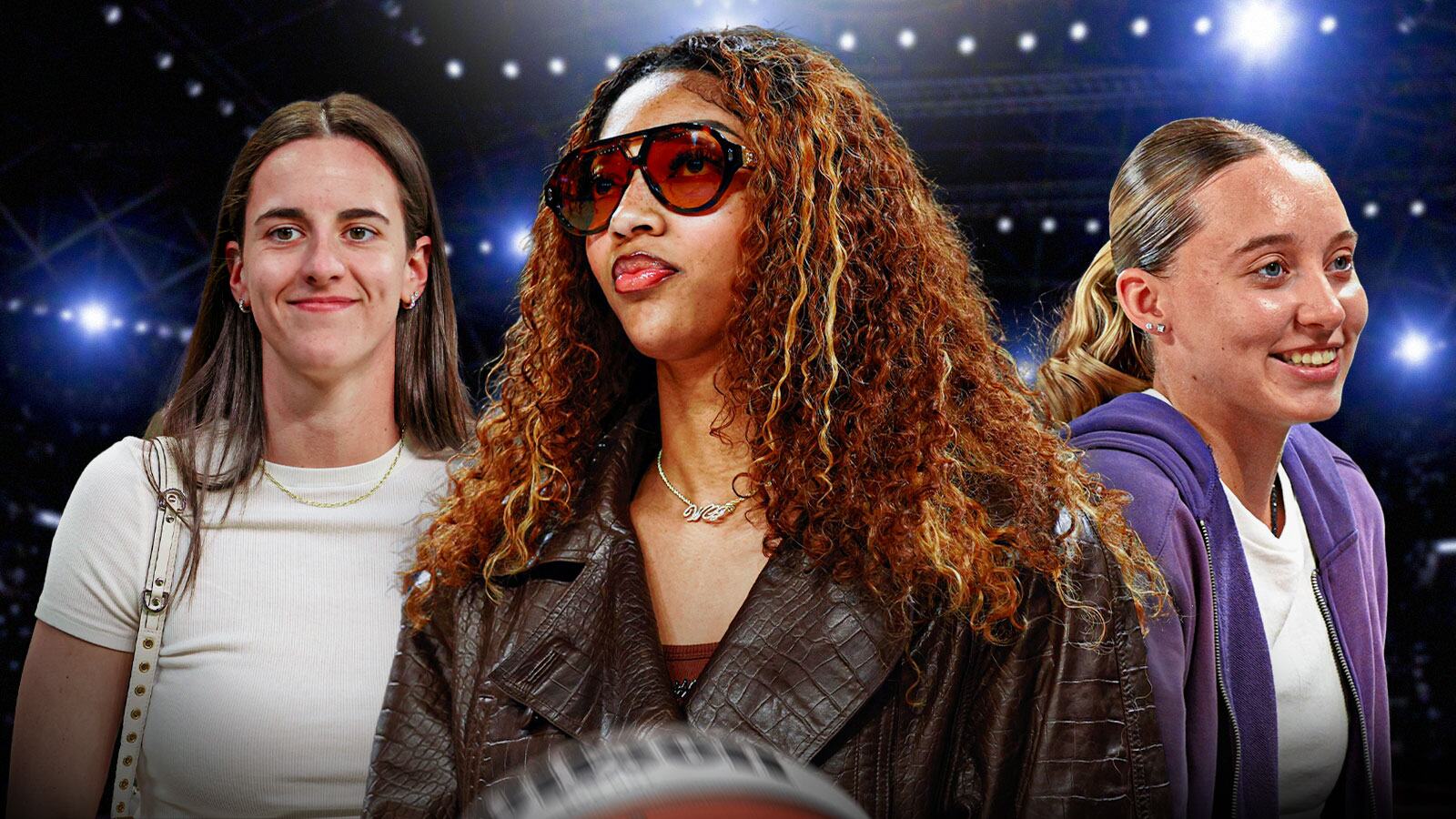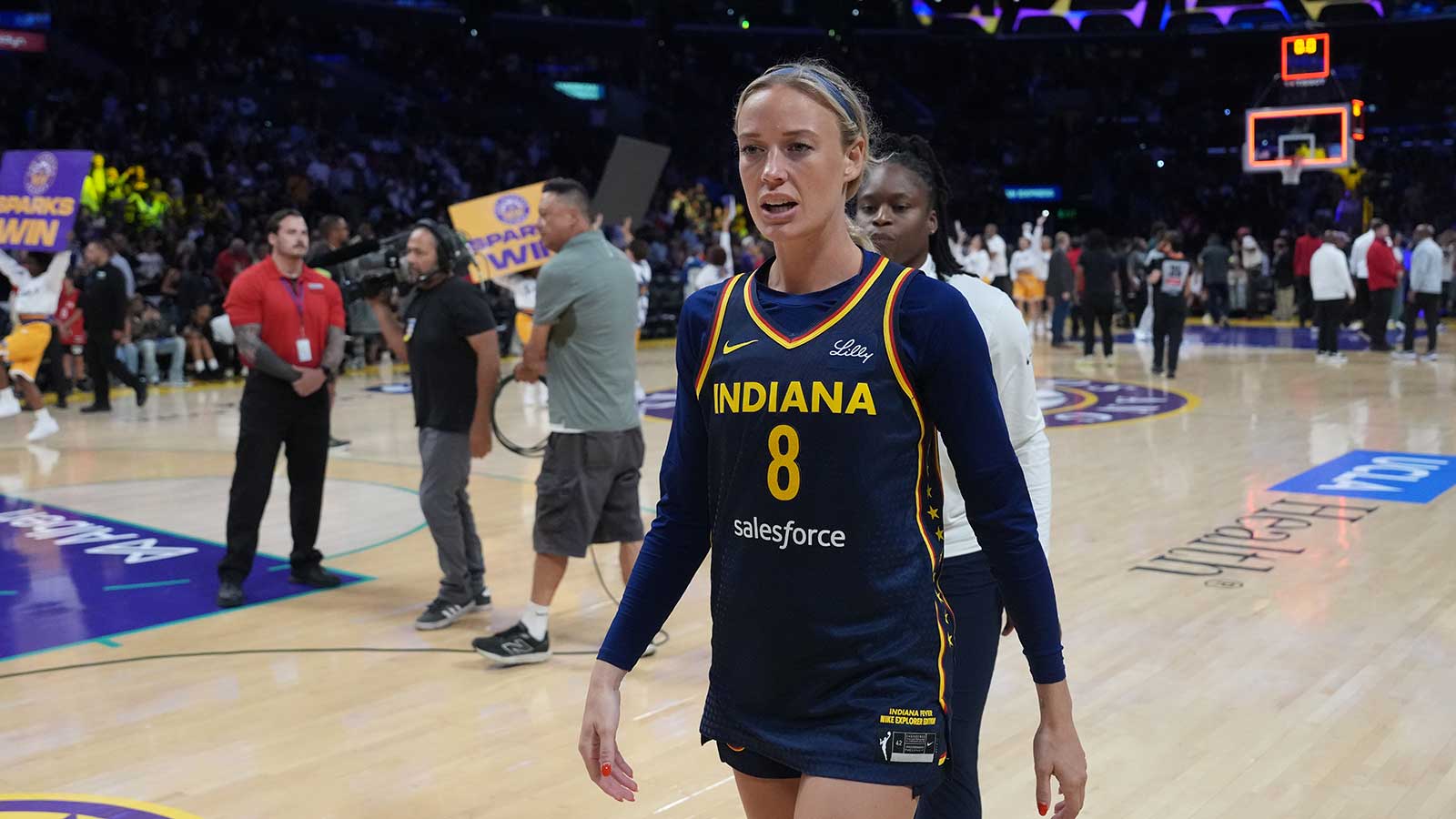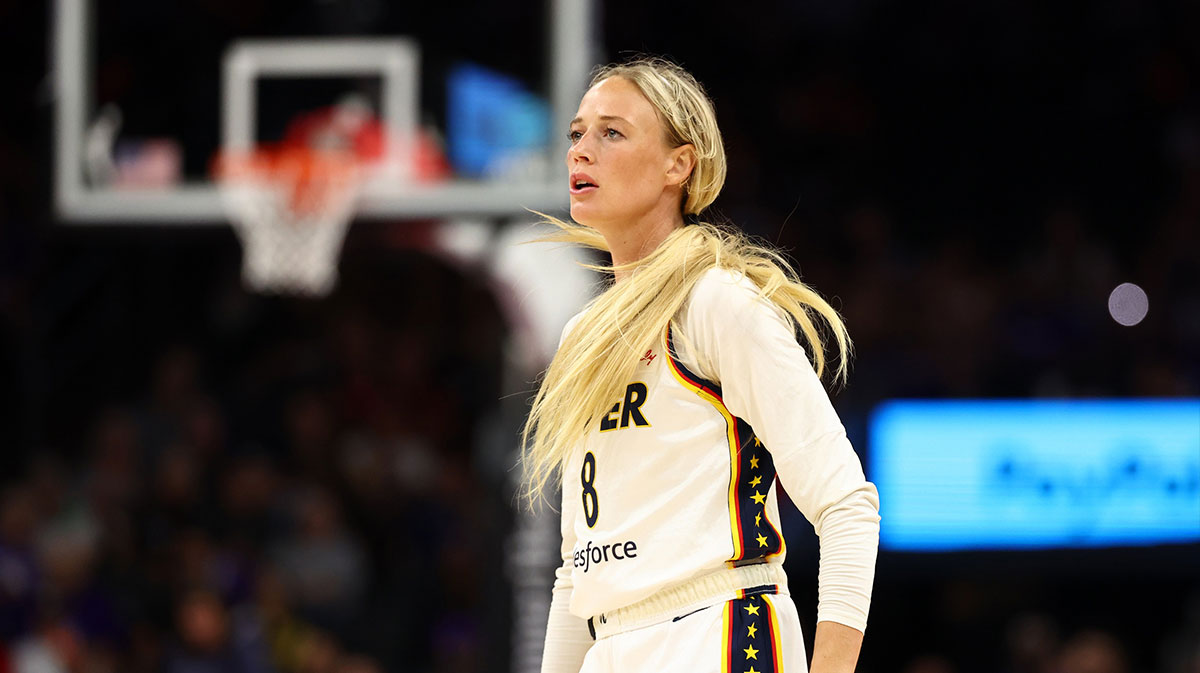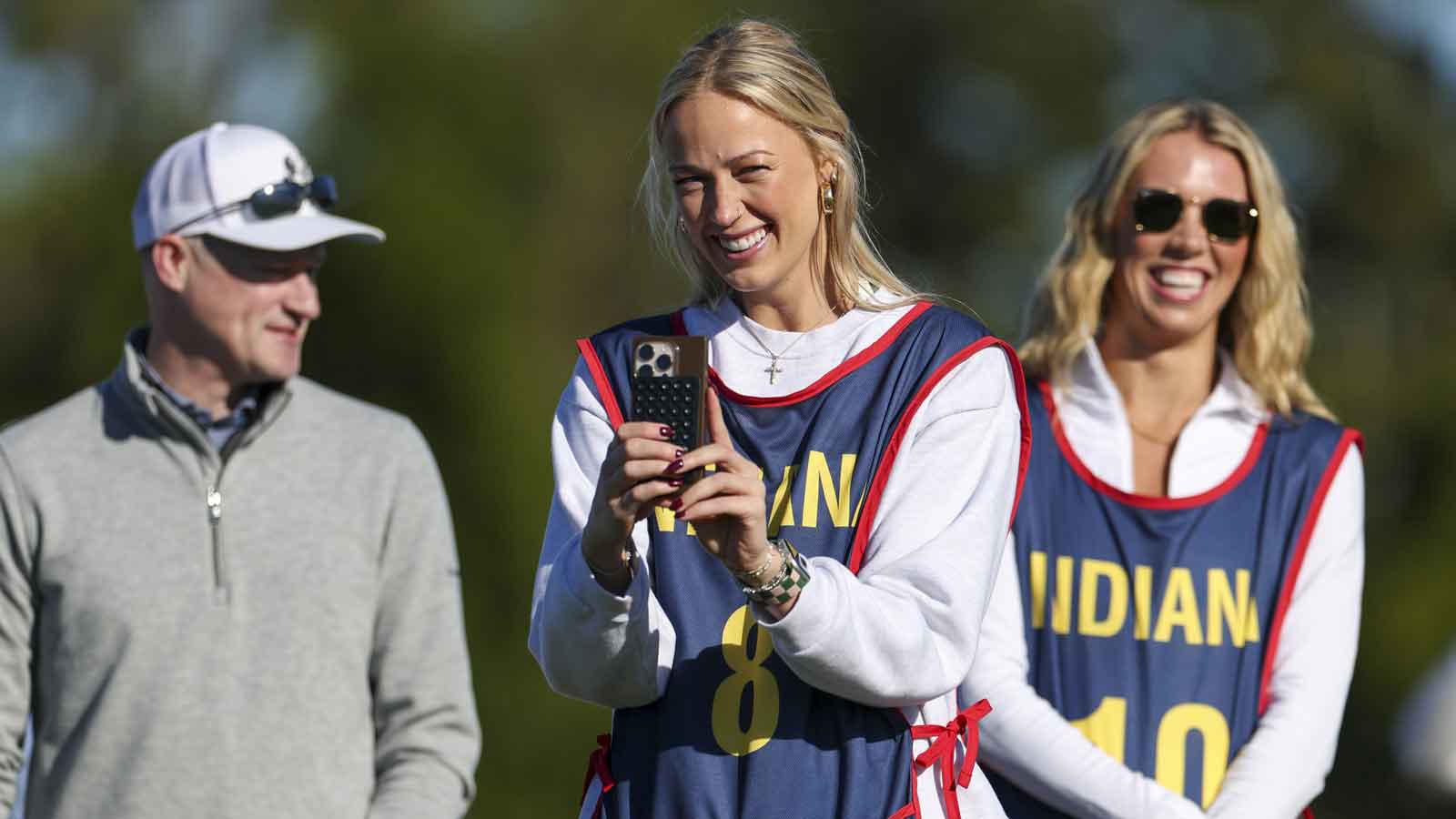Midway through the WNBA season, the league has already drawn more than a dozen audiences exceeding 1 million, a milestone not reached since 2008. The remarkable increase in viewership is largely attributed to the arrival of rookie Caitlin Clark, whose popularity has propelled the Indiana Fever's games to the top of the ratings chart.
The impact of Clark, a former Iowa star, is evident as each of the 10 highest-rated games of the current WNBA season has featured her and the Fever. However, it's not just the sheer number of viewers that has shifted; the demographics of the audience have also changed notably. Nielsen data obtained by Rachel Bachman of The Wall Street Journal reveals that every demographic category has seen at least a double-digit increase, with the biggest gains among young viewers, male viewers and white viewers.
This increase is not solely due to Clark’s arrival. The WNBA has also improved its television offerings, with more national broadcasts and consistent game schedules on platforms like Prime and Ion, making the games easier to find and follow. While many sports struggle to maintain young audiences, the WNBA has seen its numbers skyrocket. On ESPN networks, the viewership of girls aged 2-17 has surged by 181%, and viewers aged 18-34 are outpacing the league’s total growth by 54 percentage points.
Increased interest in WNBA
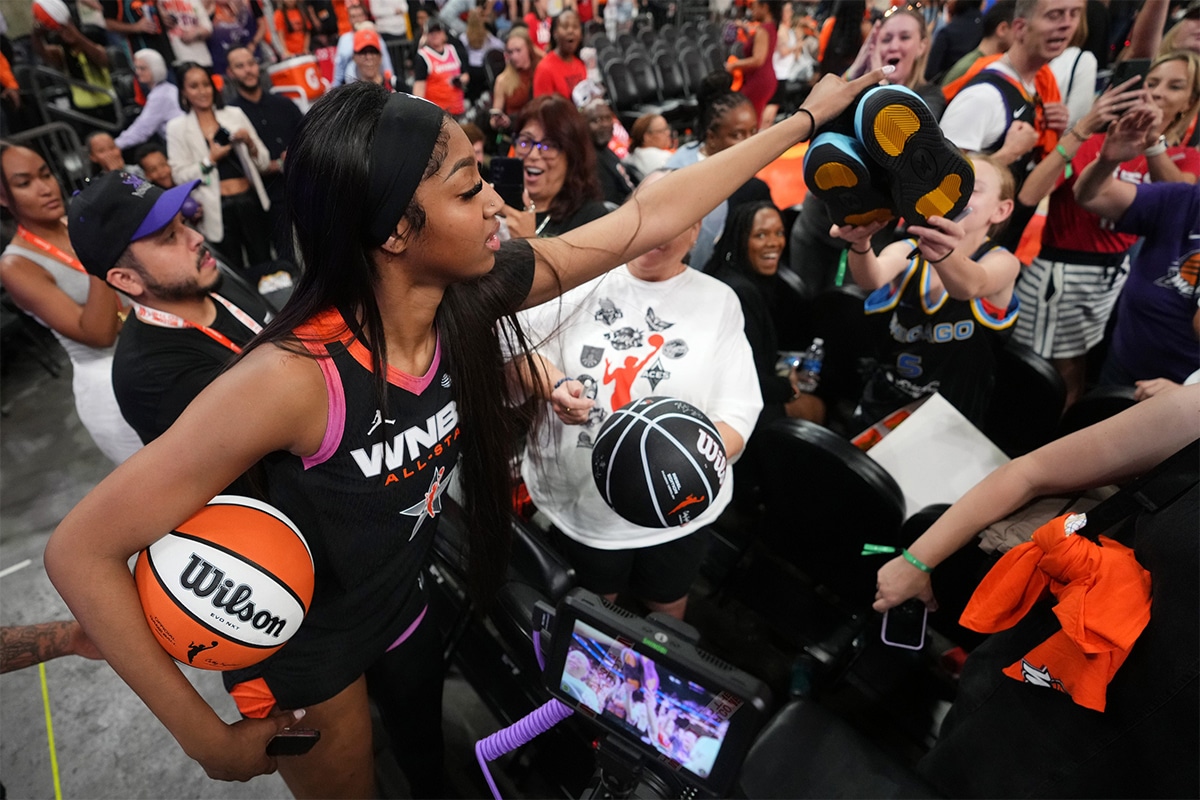
University of Denver women’s basketball coach Doshia Woods has observed this transformation firsthand. Previously, her players often cited NBA stars as their favorites. Now, they name WNBA stars like A’ja Wilson and Nneka Ogwumike. The shift reflects a broader trend where the WNBA's audience is becoming more diverse and younger, partly due to the high viewership of the NCAA women’s basketball tournament, which saw many tuning in to follow stars like Clark, Angel Reese and Cameron Brink into the WNBA.
The crossover from college to professional basketball has also made the WNBA’s audience whiter. Non-Hispanic white viewership has grown 156% year-over-year on Ion and 301% on ESPN networks. The NCAA women’s tournament audience on ESPN was about 71% white, compared to 55% for WNBA games. However, Black viewers continue to watch the WNBA in greater proportions than their overall share of the U.S. population, making up 34% of ESPN’s WNBA viewership and 45% of ION’s.
Additionally, male viewers, who make up a large portion of the WNBA’s growing audience, have increased significantly. On ESPN networks, men account for 60% of WNBA viewers, up from previous years. Similarly, on CBS, male viewers aged 18 and older now comprise 54% of WNBA viewership, up from 48%.
A prime example of the increased interest is the June 16 game between the Fever and the Chicago Sky, featuring a rematch of Clark and Reese from the 2023 NCAA title game. The game attracted 2.25 million viewers on CBS, the second-largest audience of the season, only surpassed by the same matchup on ESPN a week later, which drew 2.3 million viewers.
Josh McCart, a 26-year-old accountant from Hoosick Falls, New York, epitomizes the new wave of WNBA fans driven by Clark’s influence. Having followed her college career, McCart and his father have become avid WNBA viewers, attending Clark’s pro debut and watching nearly every televised Fever game since.
“It seems like the younger generation is just playing differently,” he said. “Much quicker pace, a lot more 3-point shooting. It’s more similar to the NBA.”

